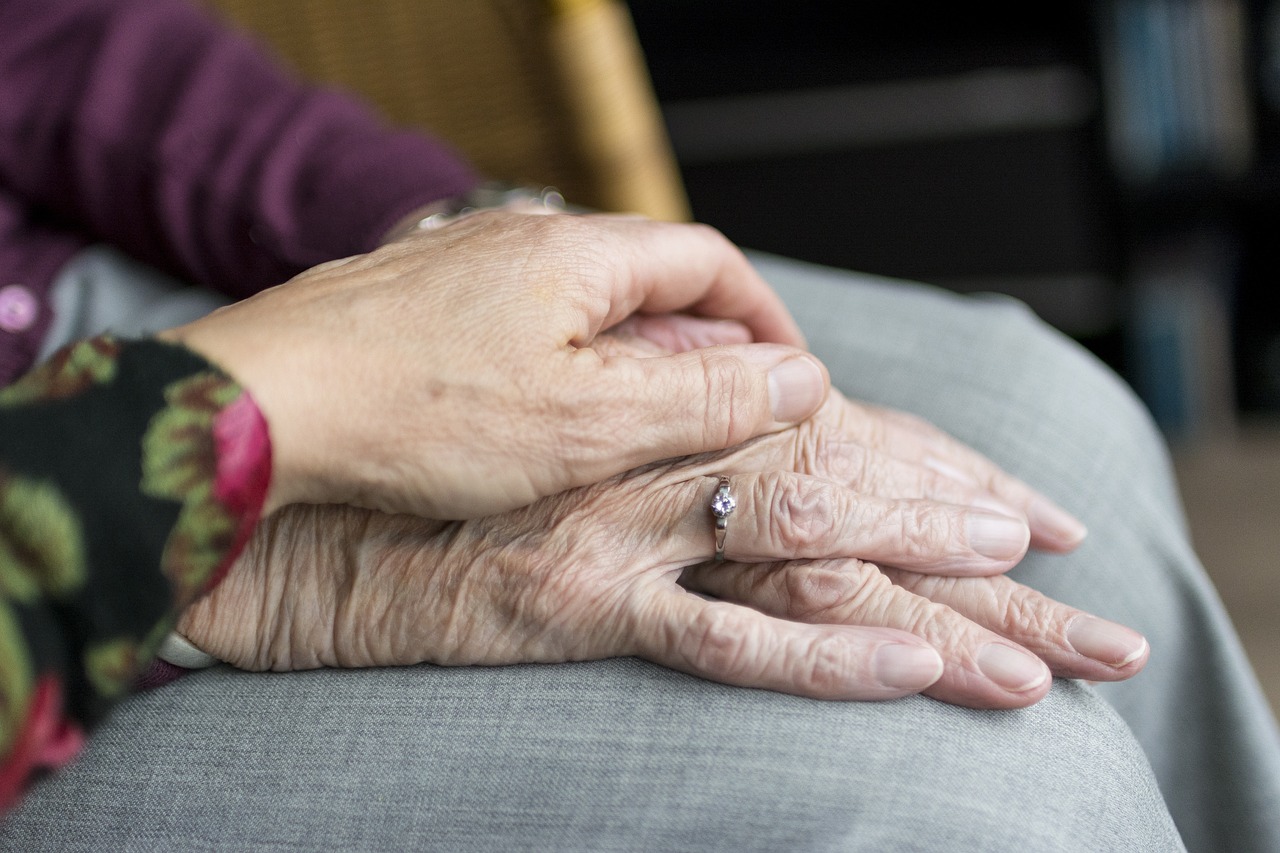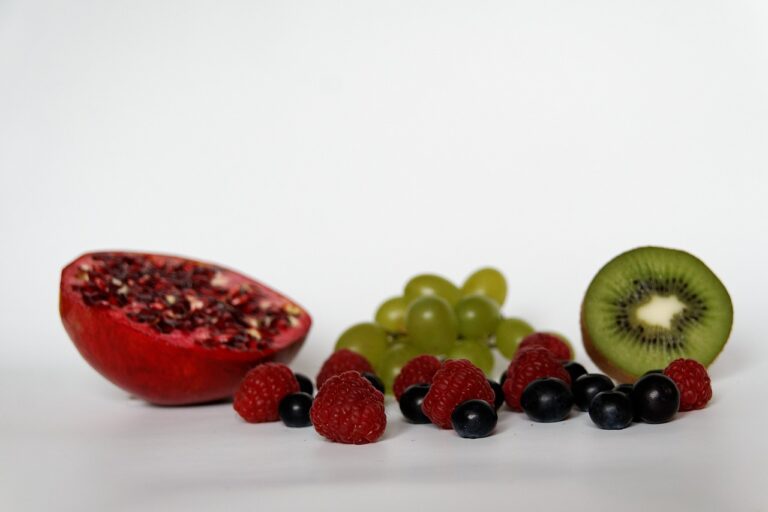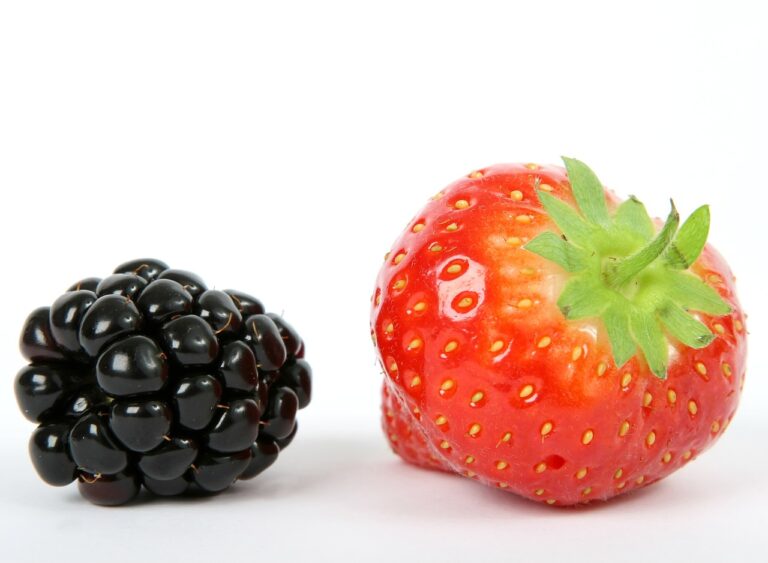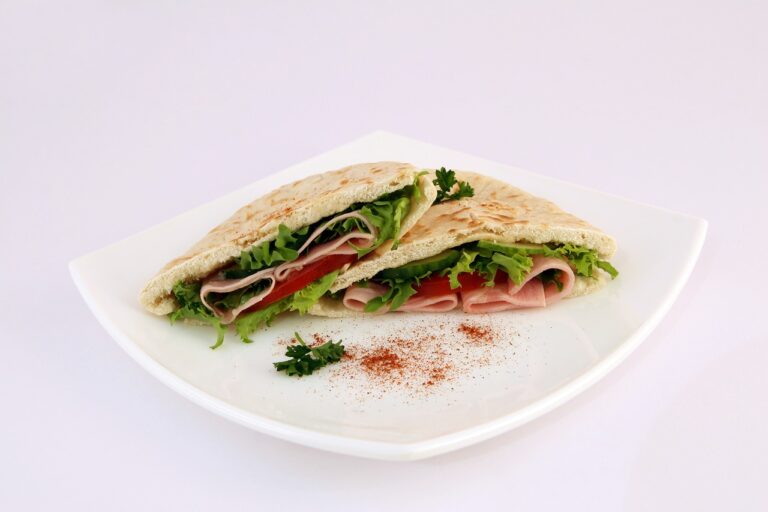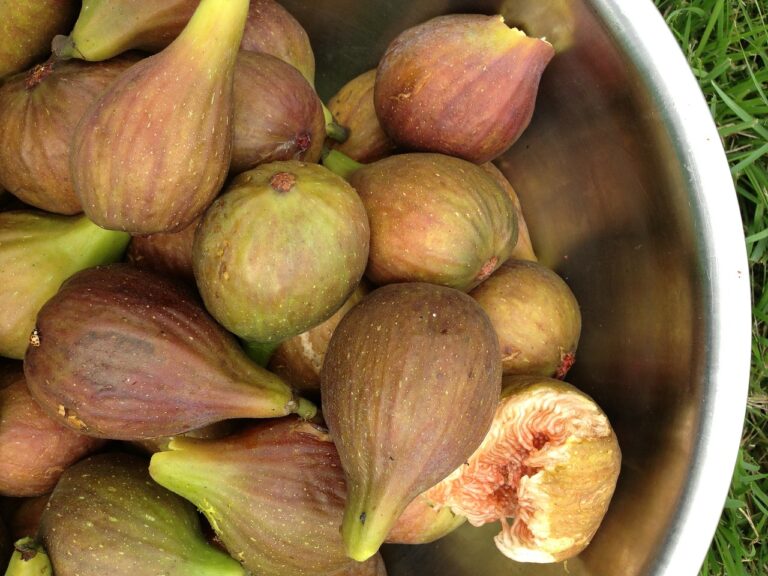The Future of Organ Transplantation: Addressing Shortages and Compatibility
As the demand for organ transplants continues to surpass the available supply of organs, addressing the critical issue of organ shortages has become increasingly urgent. One potential solution involves increasing public awareness about the importance of organ donation. Educating the population about the lifesaving impact of organ donation can help dispel myths and misconceptions, encouraging more individuals to register as organ donors.
Another key solution is to improve coordination and communication among healthcare facilities and organ procurement organizations. Enhancing the efficiency of the organ procurement process can help ensure that viable organs are promptly allocated to patients in need. By streamlining the organ donation and transplantation system, more individuals on waiting lists can receive the lifesaving organs they require.
Advancements in Organ Preservation Techniques
Organ preservation techniques have significantly evolved in recent years, offering new possibilities for extending the viability of organs before transplantation. One of the notable advancements is the development of hypothermic machine perfusion, which involves continuously pumping a cold preservation solution through the organ. This method helps to slow down the metabolic processes within the organ cells, reducing the risk of damage and enhancing the organ’s preservation quality.
Another promising technique is called normothermic machine perfusion, where organs are maintained at near-body temperature and supplied with oxygenated blood and nutrients. This method closely mimics the conditions within the human body, allowing the organ to function and repair itself during preservation. By preserving organs under warmer and more physiologically relevant conditions, normothermic machine perfusion shows great promise in improving transplant outcomes and expanding the pool of viable organs for those in need.
The Role of 3D Bioprinting in Organ Transplantation
3D bioprinting is a cutting-edge technology that holds great promise in revolutionizing the field of organ transplantation. By utilizing specialized printers that can layer living cells, biomaterials, and other components precisely according to a digital model, researchers have been able to create functional tissues and even organ prototypes. This innovative approach offers the potential to address the critical shortage of donor organs and improve outcomes for patients in need of transplantation.
One of the key advantages of 3D bioprinting is its ability to tailor organs and tissues to match the specific requirements of individual patients. This customization not only enhances compatibility and reduces the risk of rejection but also opens up possibilities for creating organs with unique characteristics and functions. As research in this area progresses, the potential for bioprinted organs to fulfill the unmet needs of transplantation recipients continues to expand, paving the way for a new era in personalized medicine.
3D bioprinting allows for precise layering of living cells and biomaterials according to a digital model
Offers potential to address critical shortage of donor organs
Customization of organs and tissues for individual patients enhances compatibility and reduces risk of rejection
Potential for creating organs with unique characteristics and functions
Bioprinted organs have the ability to fulfill unmet needs of transplantation recipients, paving the way for personalized medicine
What are some potential solutions for organ shortages?
Some potential solutions for organ shortages include increasing awareness for organ donation, developing better organ preservation techniques, and exploring the possibilities of 3D bioprinting.
How have advancements in organ preservation techniques impacted organ transplantation?
Advancements in organ preservation techniques have improved the viability of organs for transplantation, allowing for longer storage times and better outcomes for recipients.
What is the role of 3D bioprinting in organ transplantation?
3D bioprinting holds the potential to revolutionize organ transplantation by allowing for the creation of customized, functional organs using a patient’s own cells, reducing the risk of rejection and shortening wait times for transplants.

